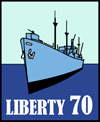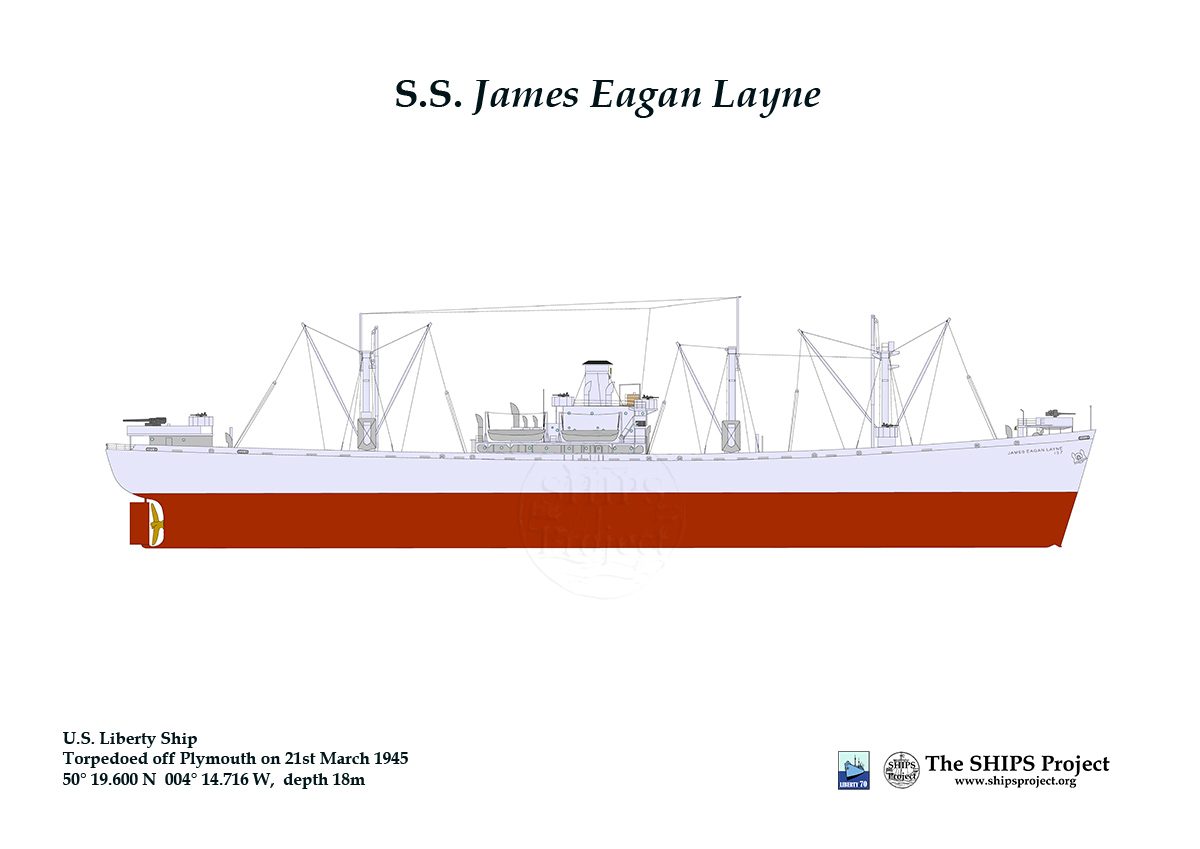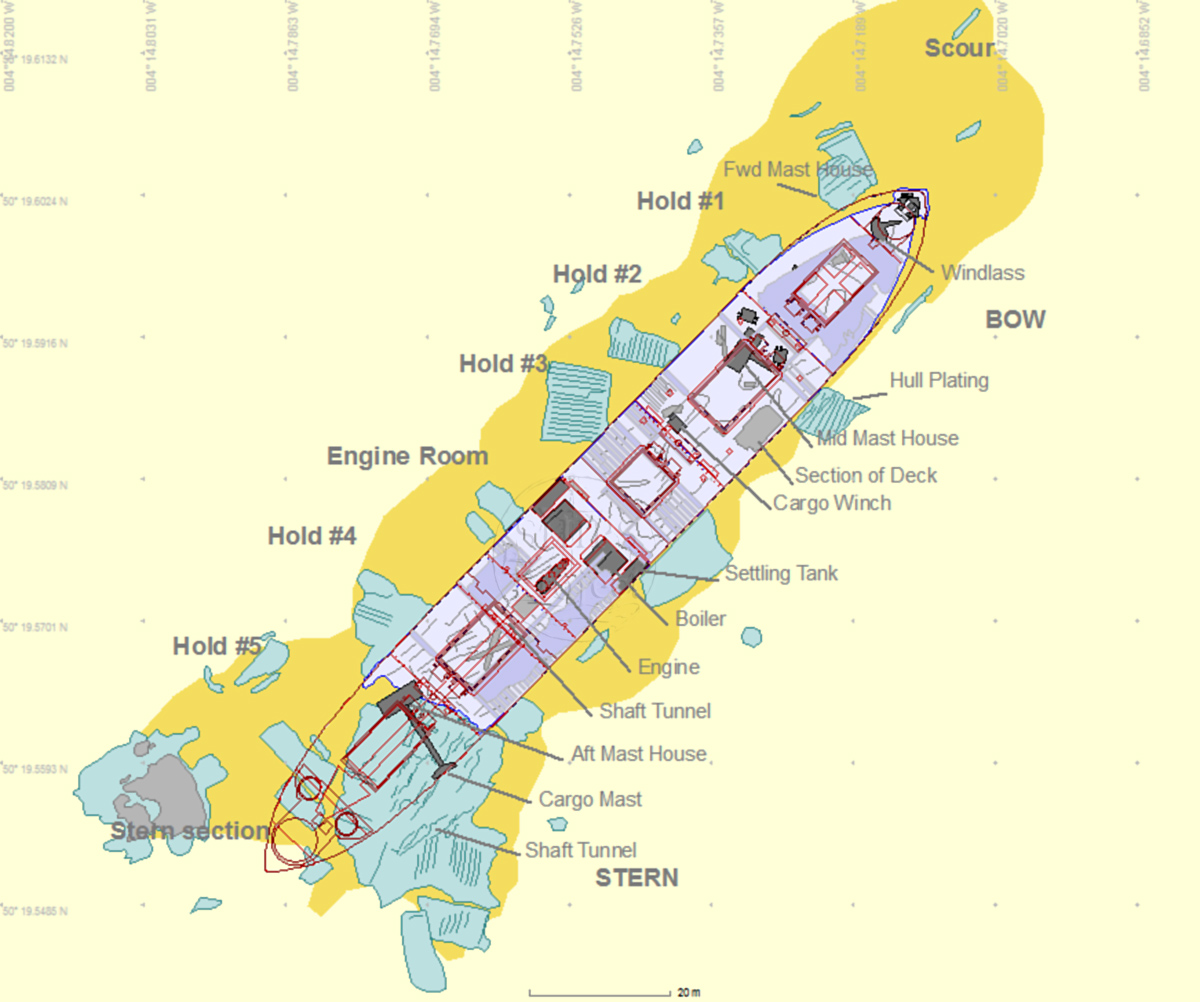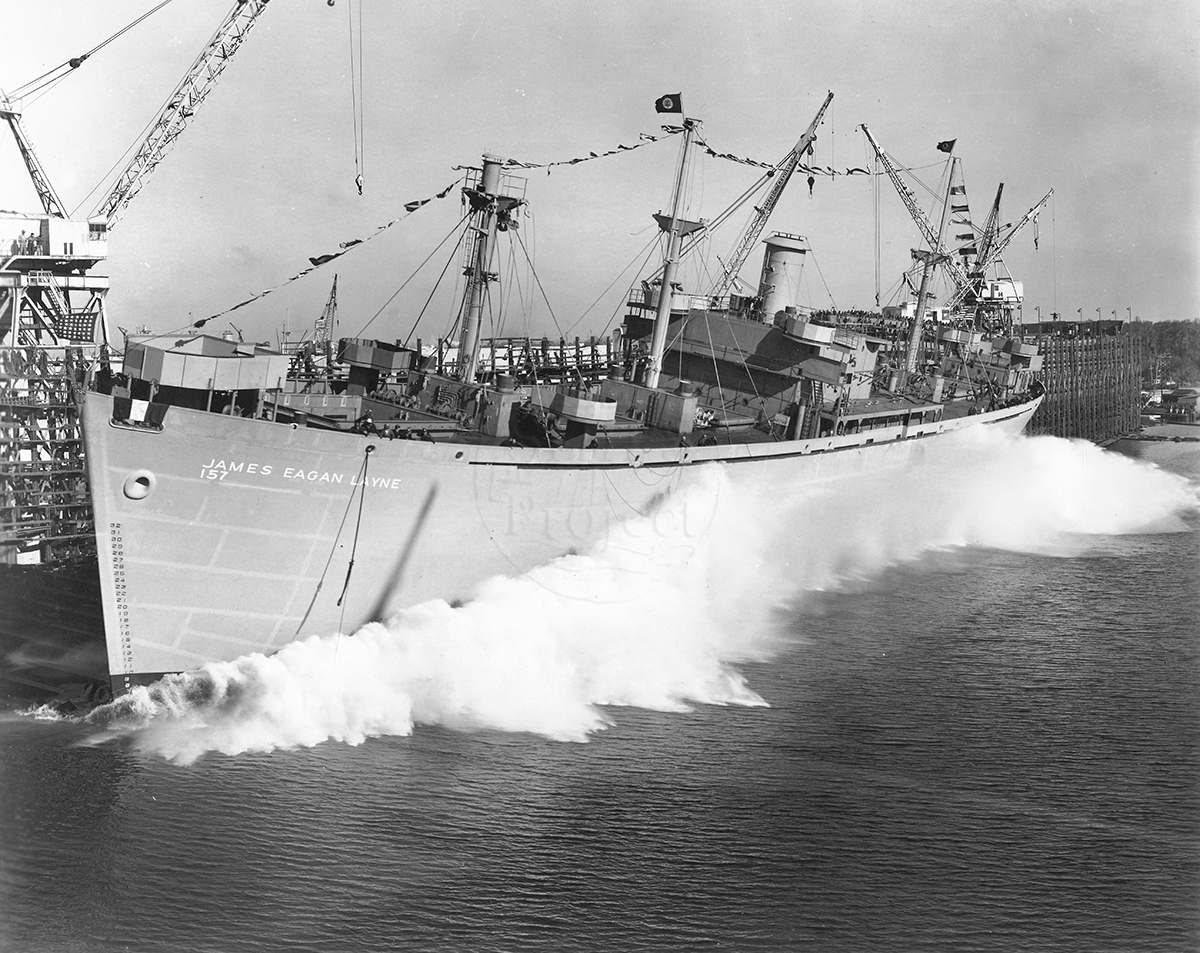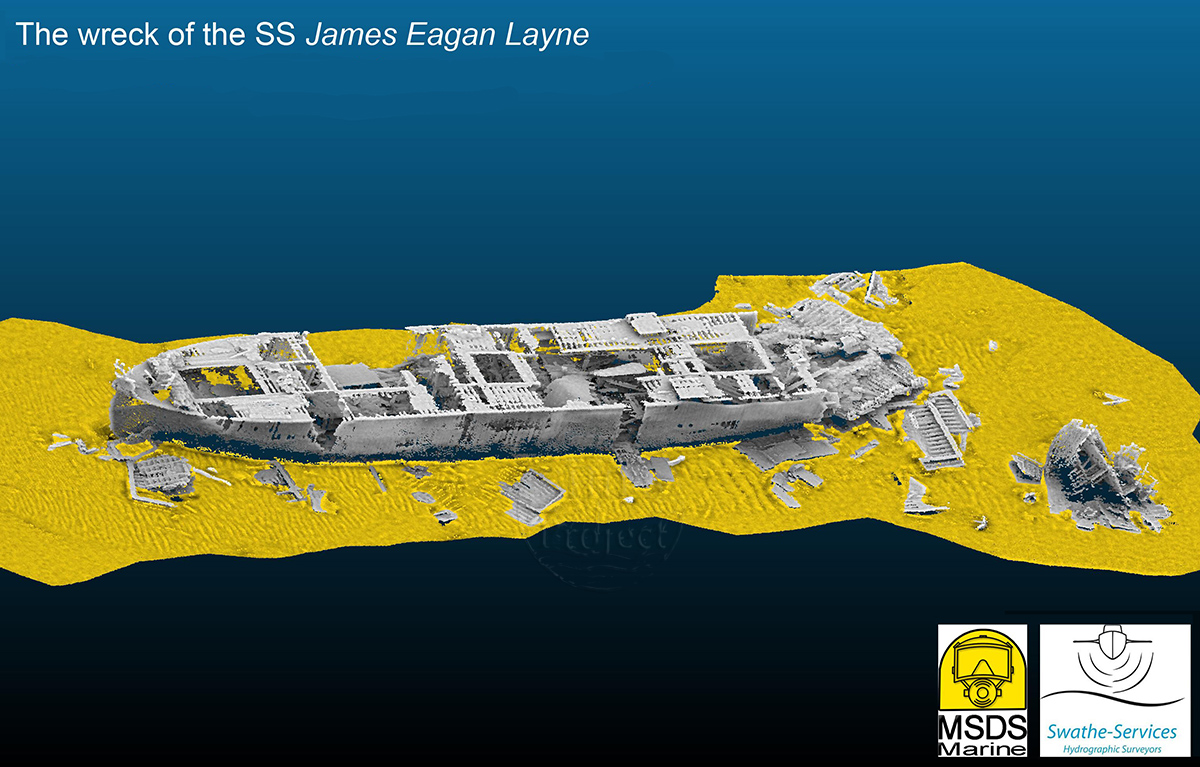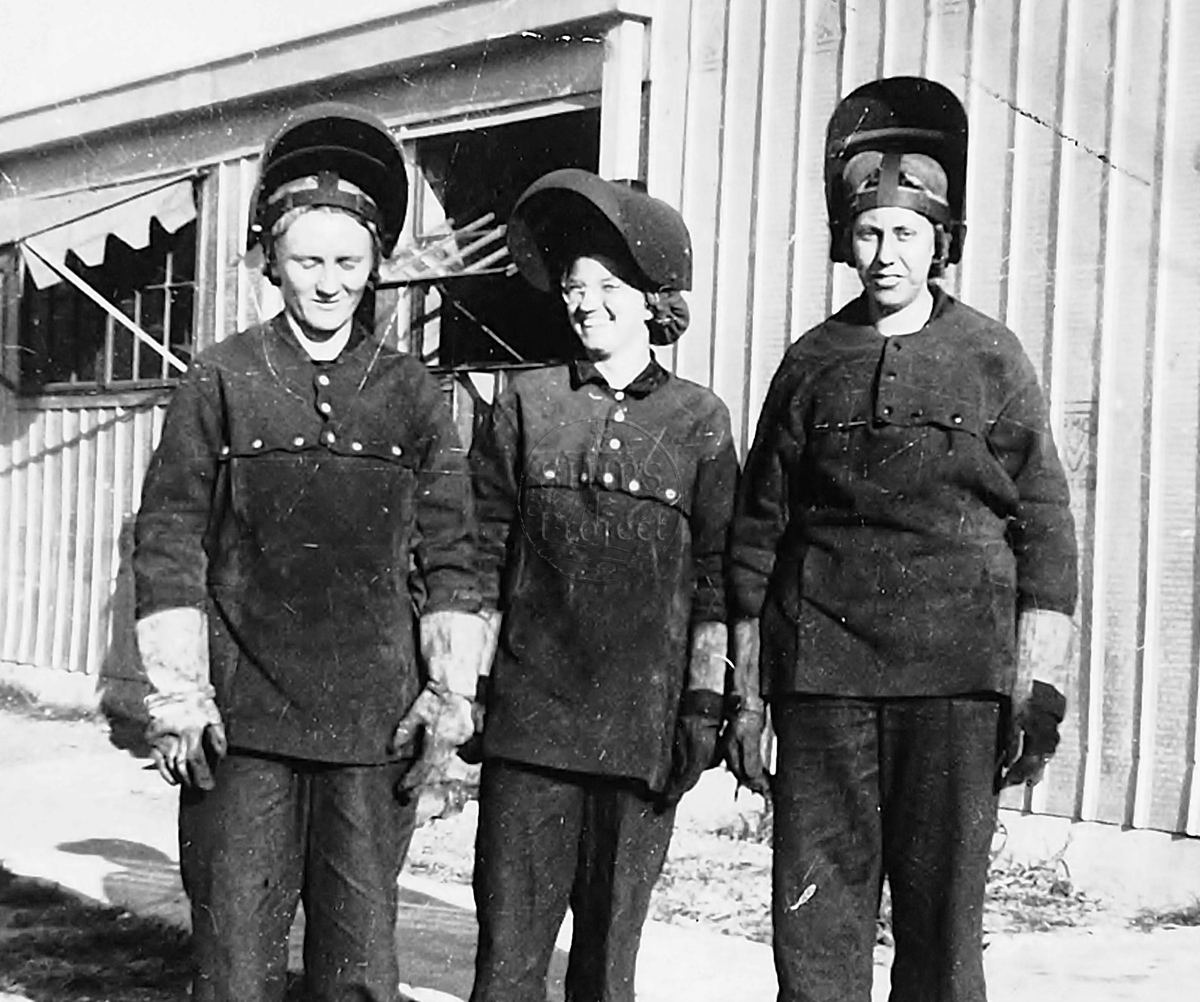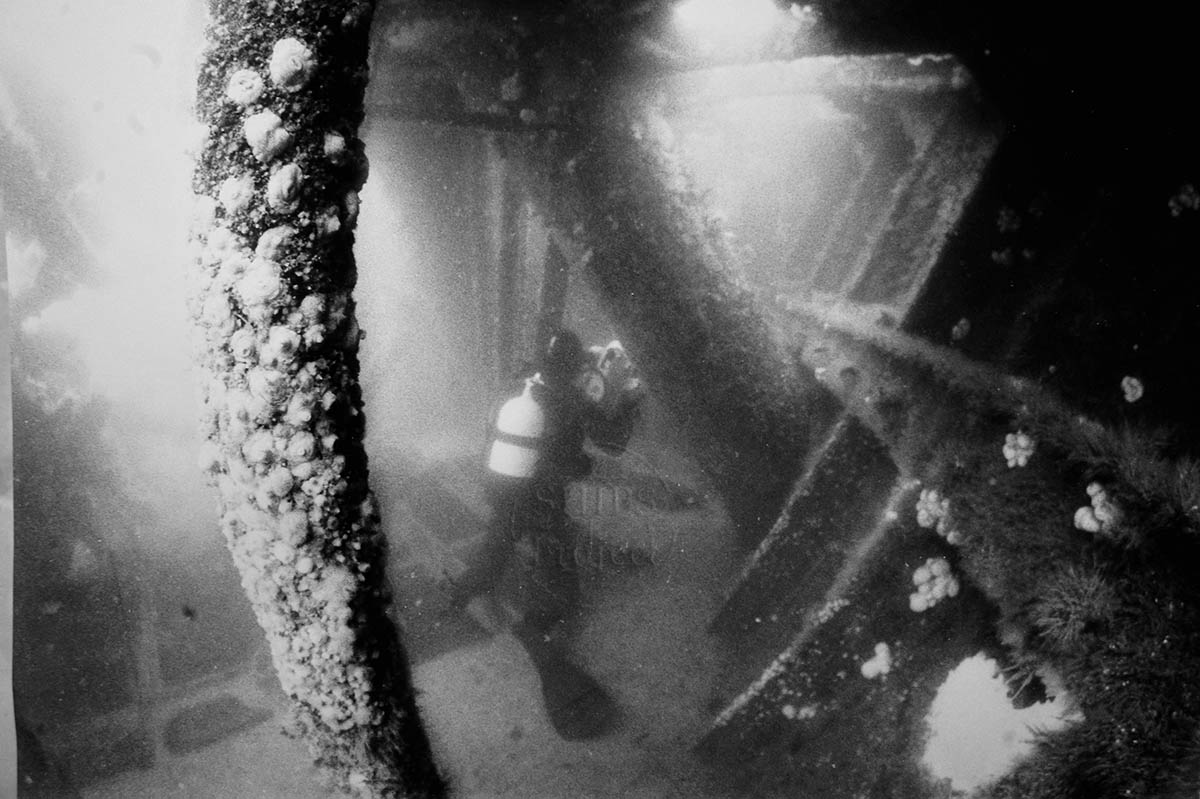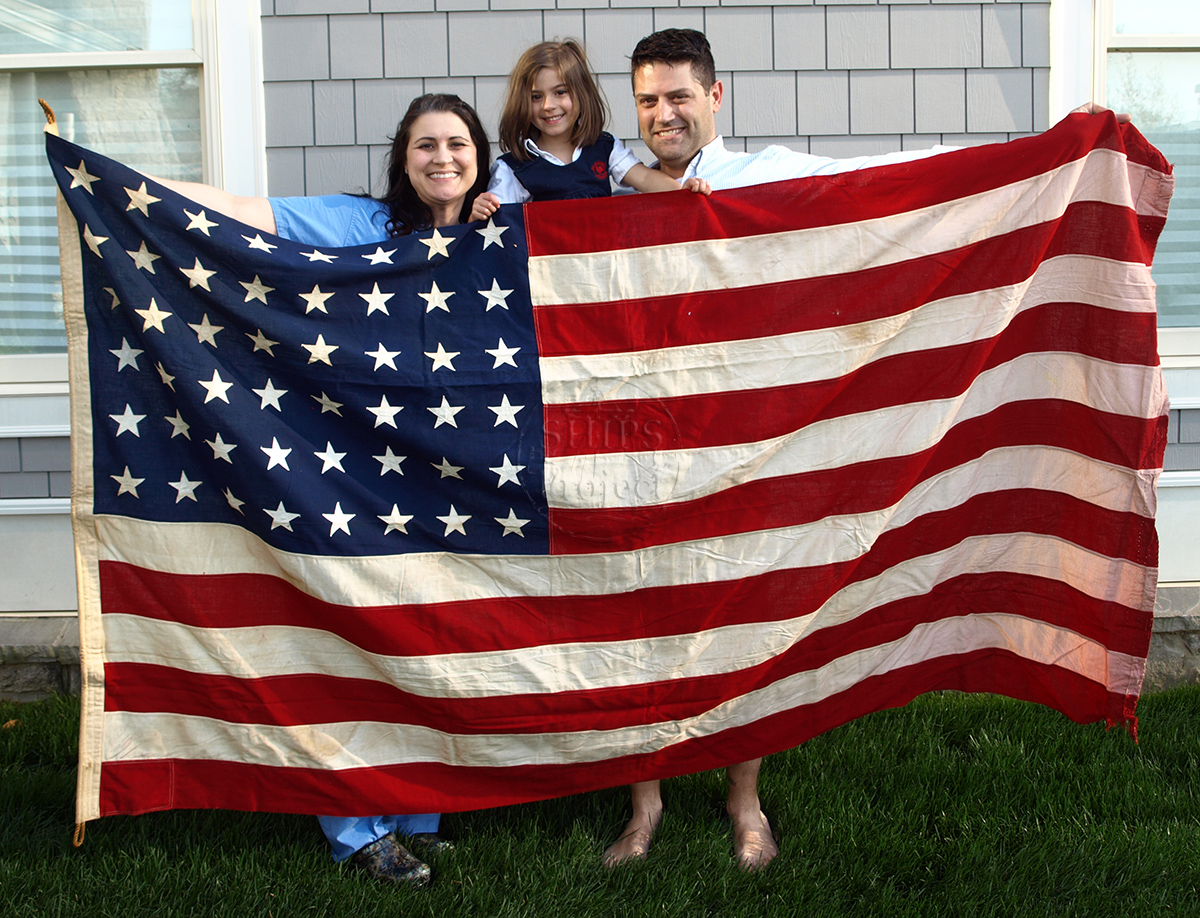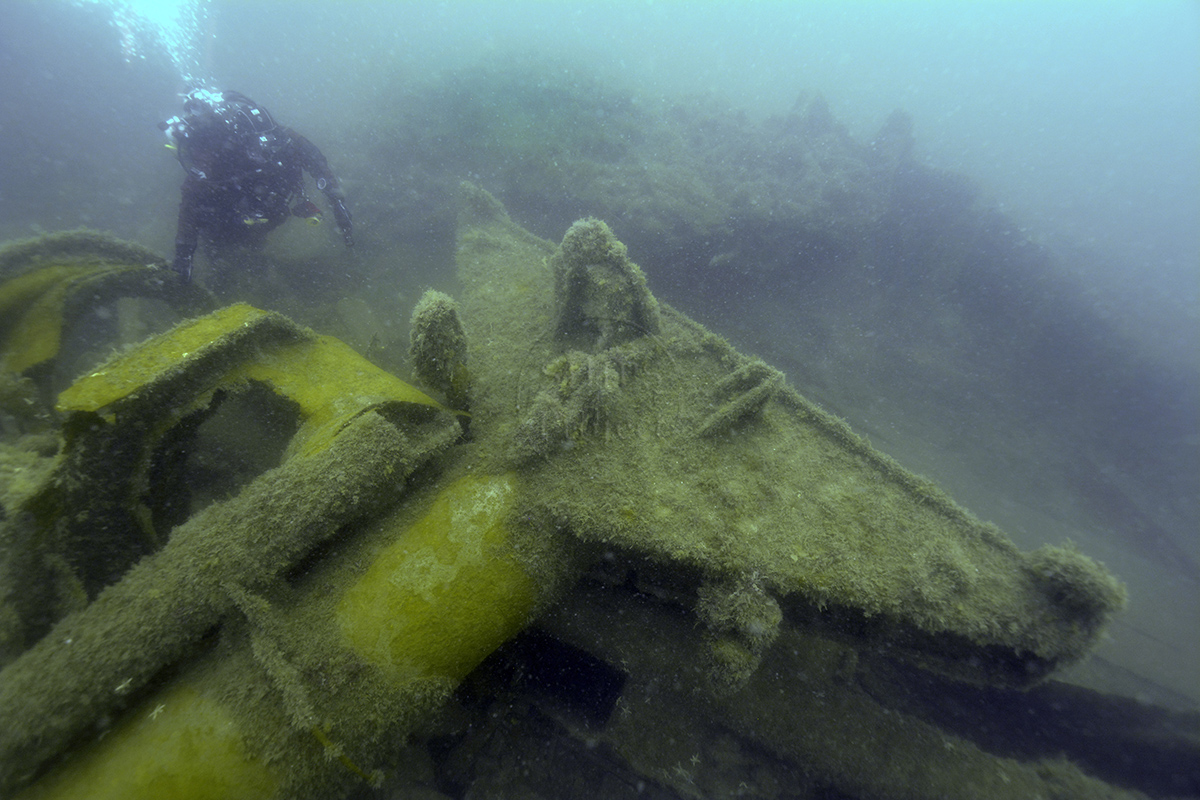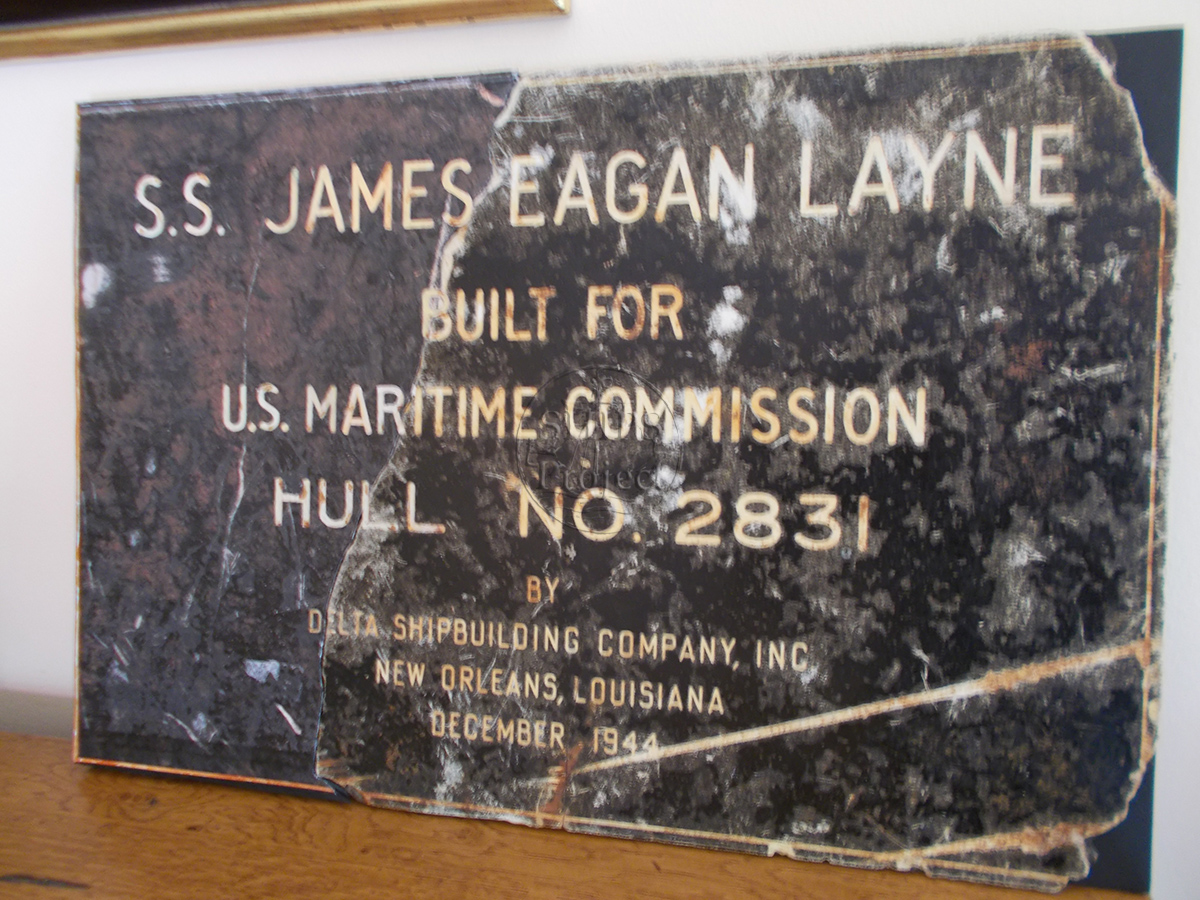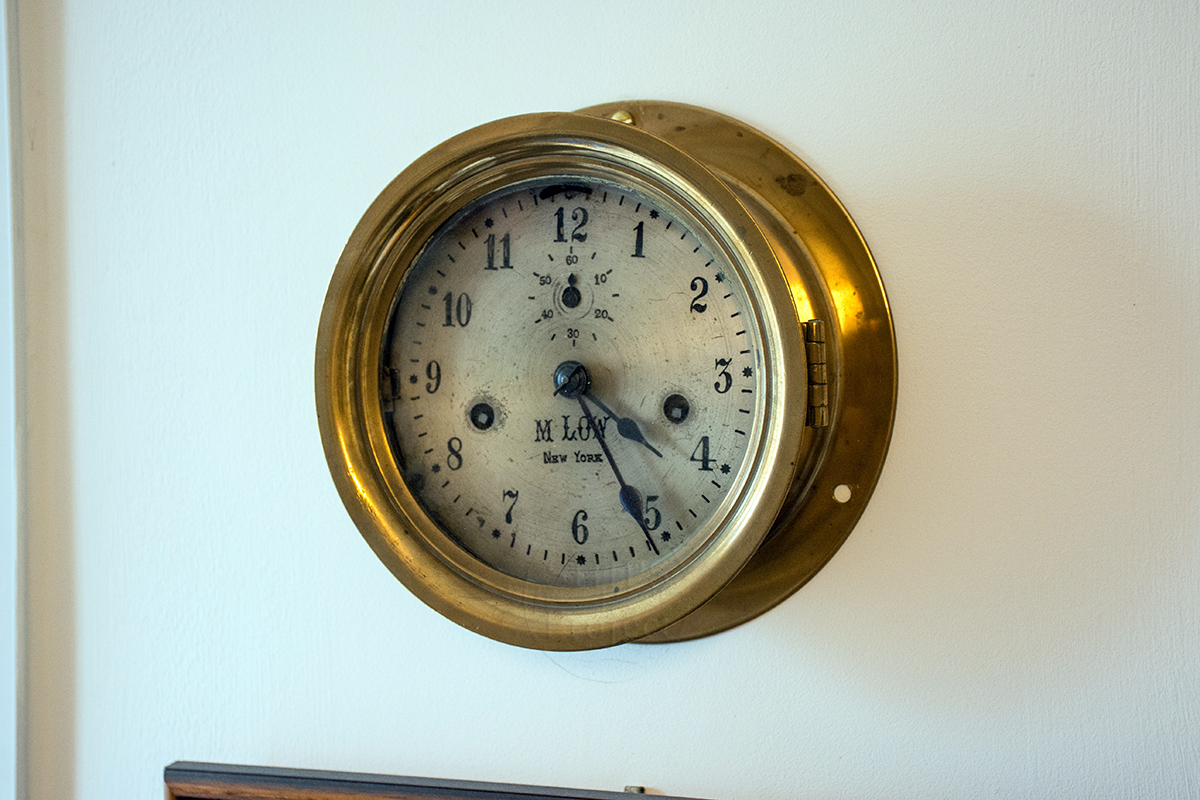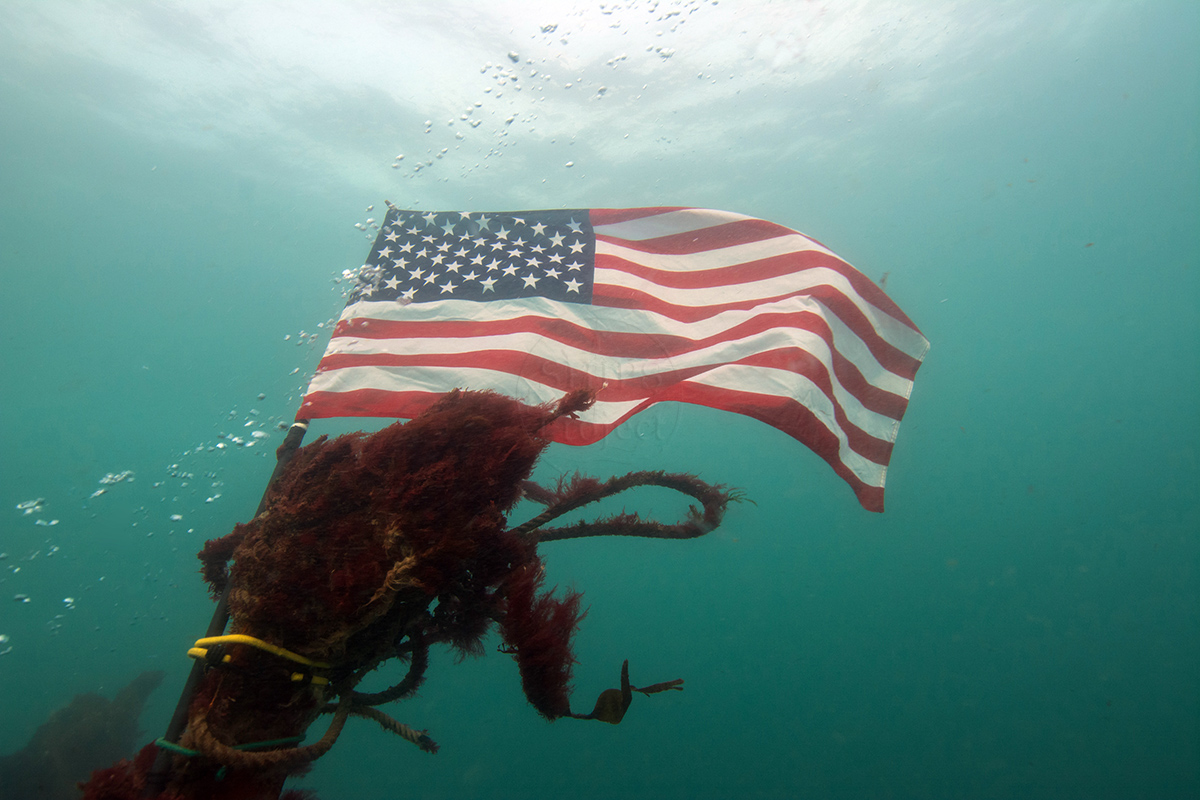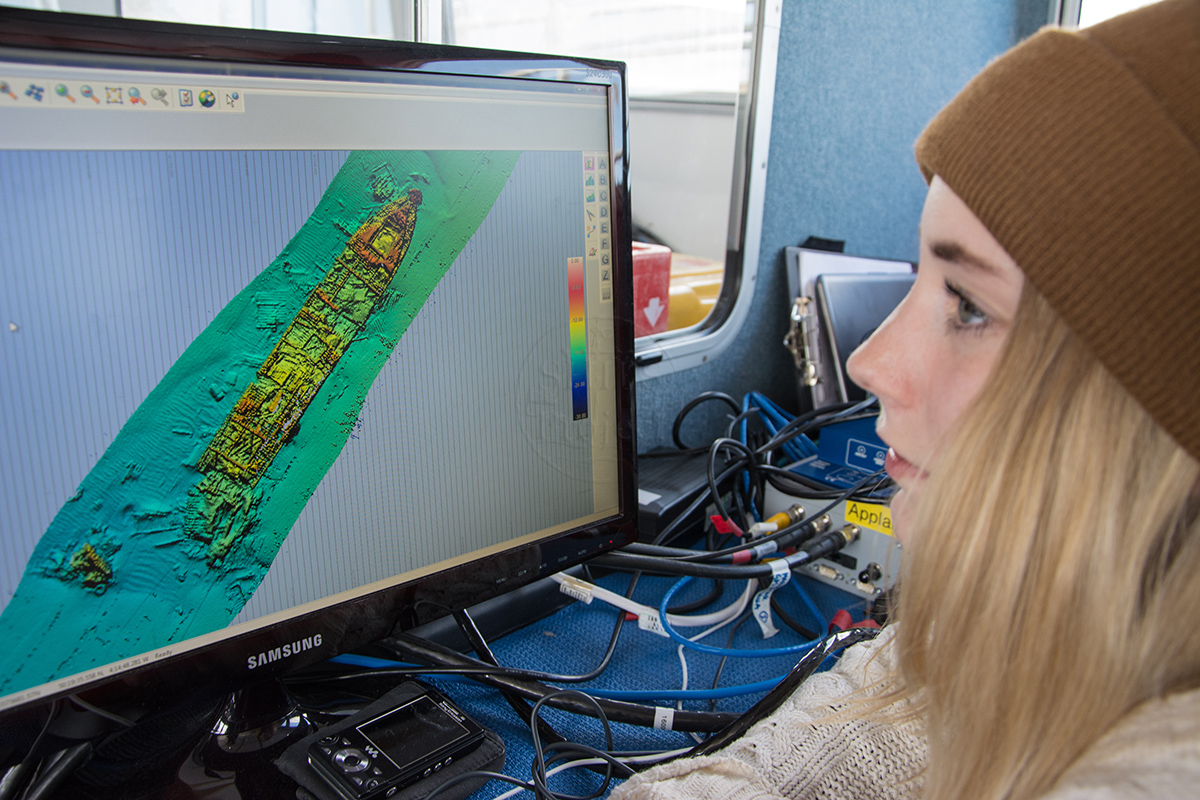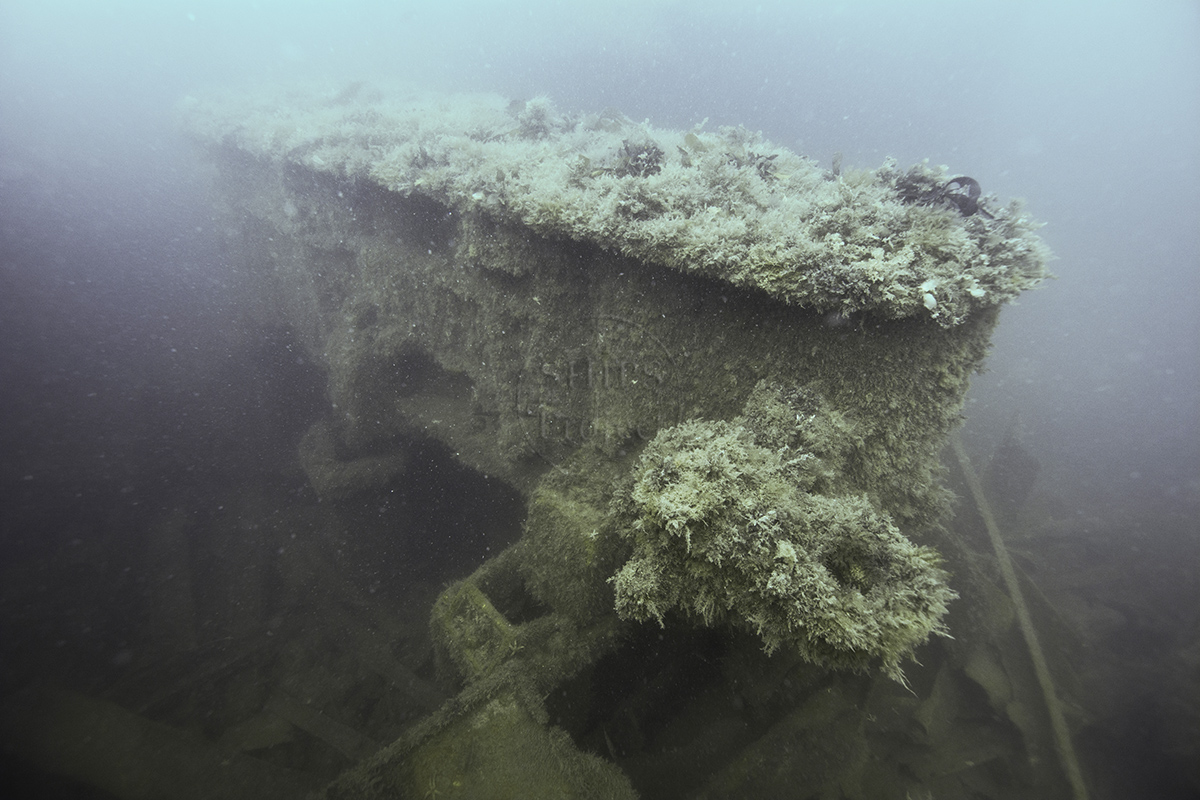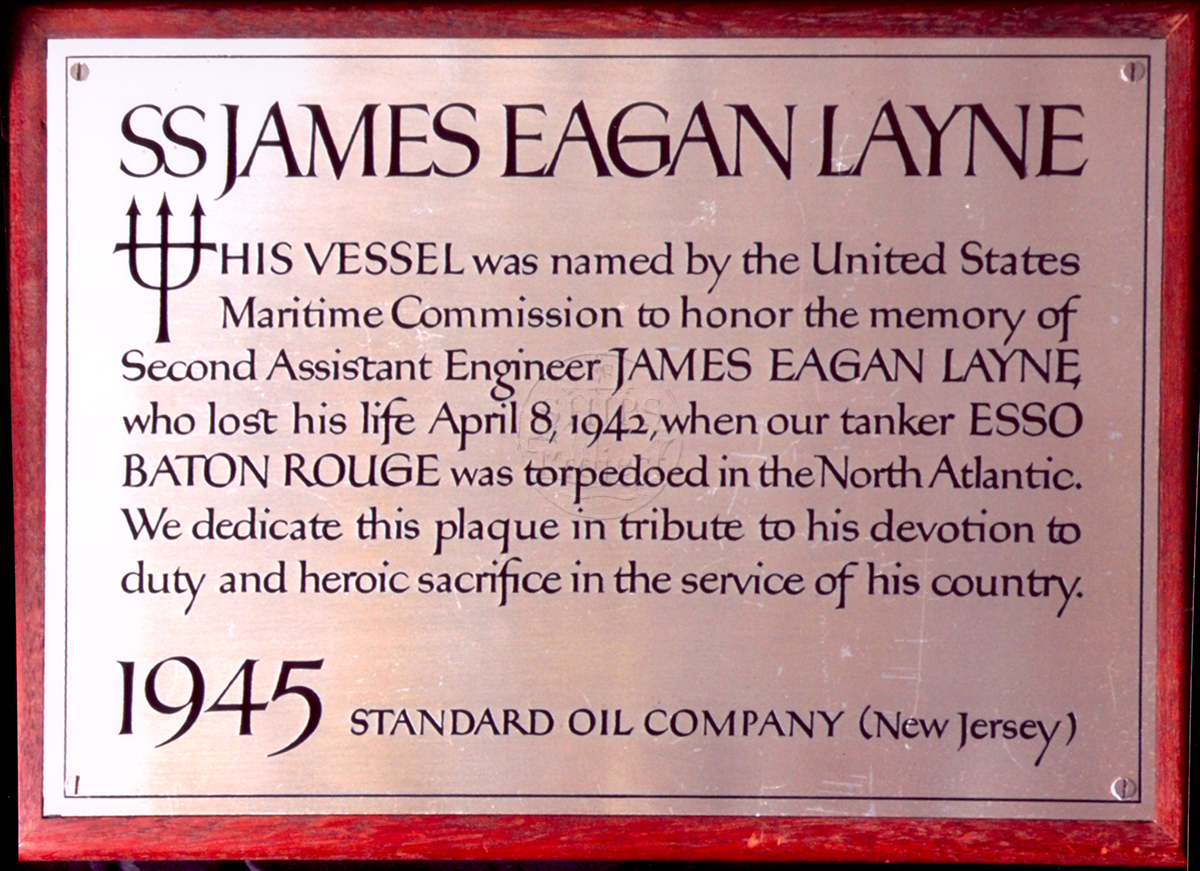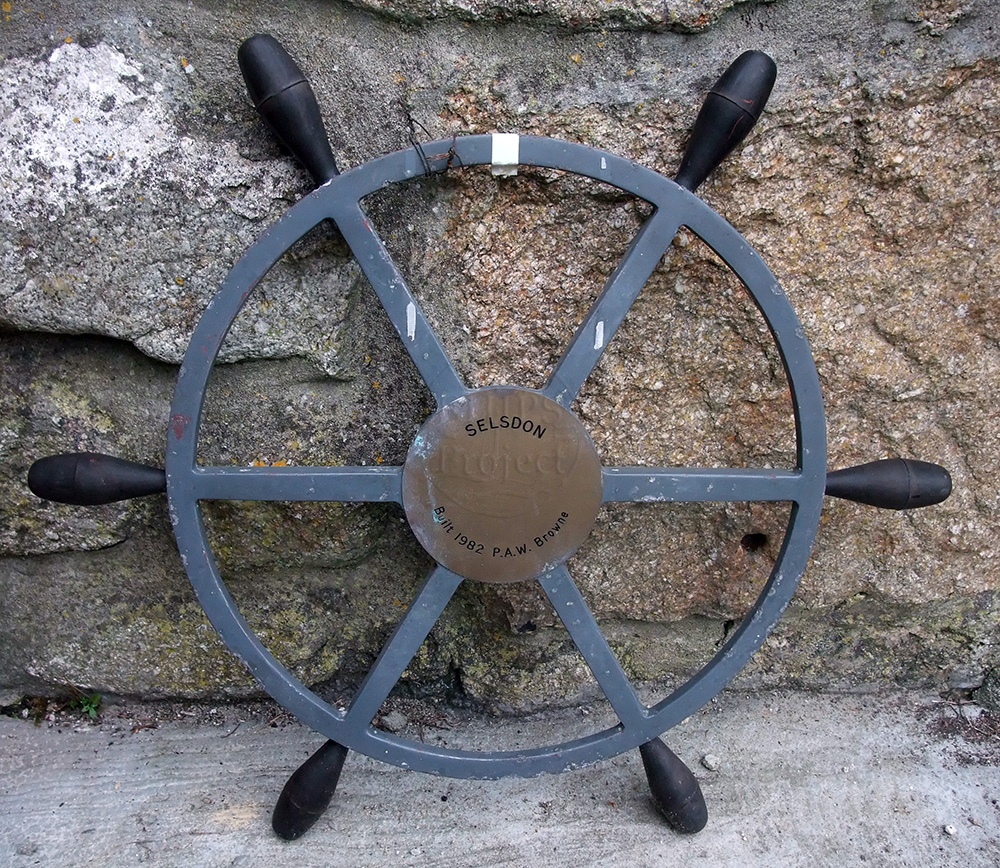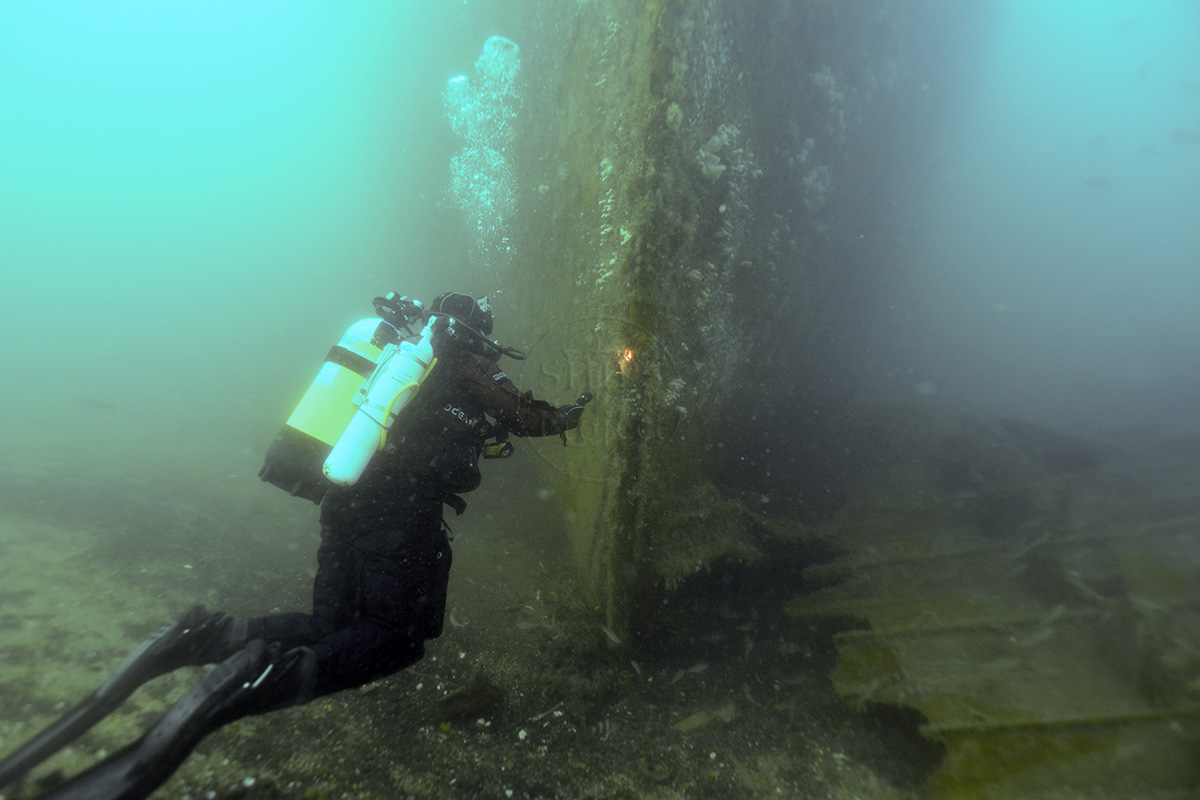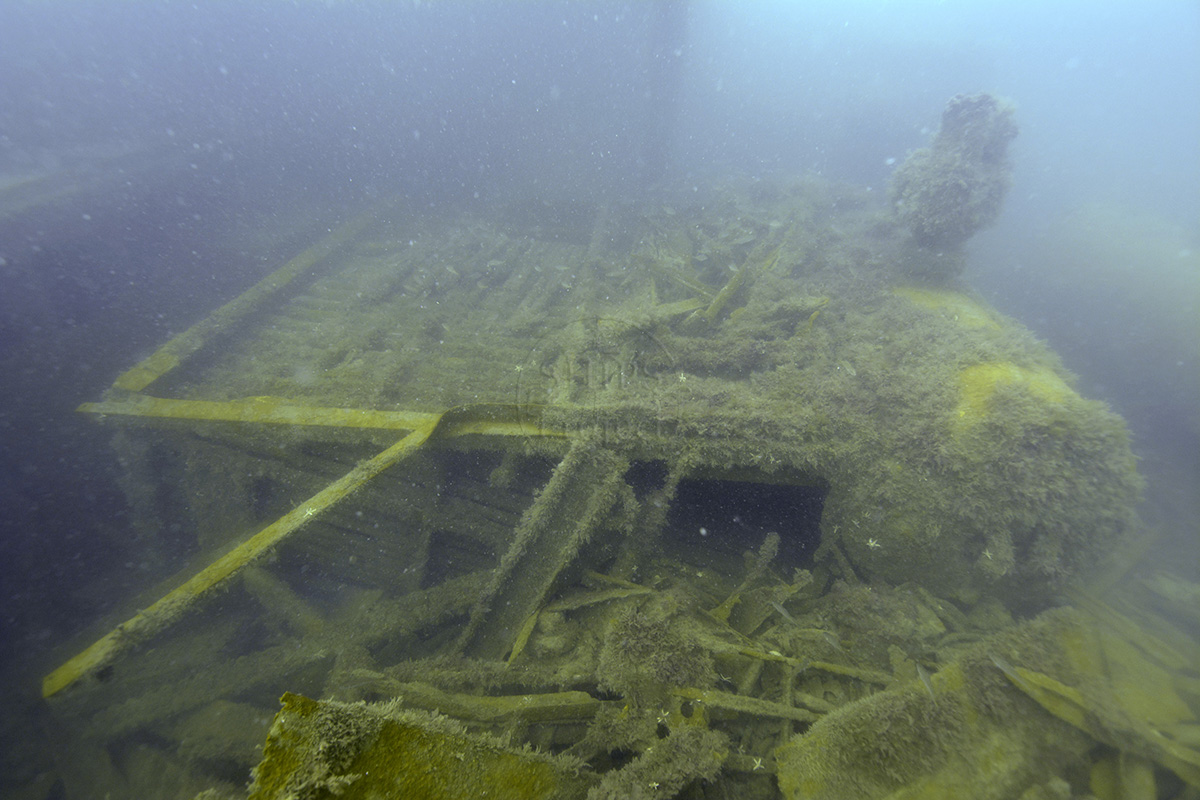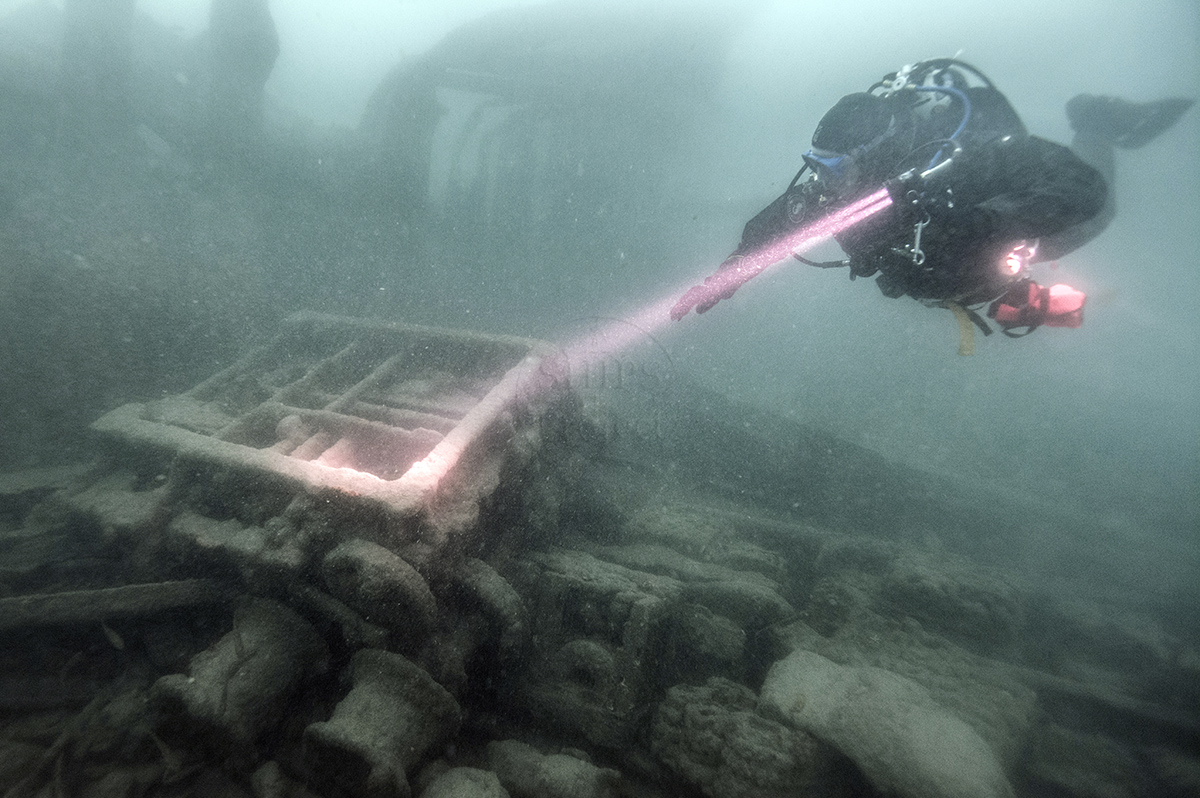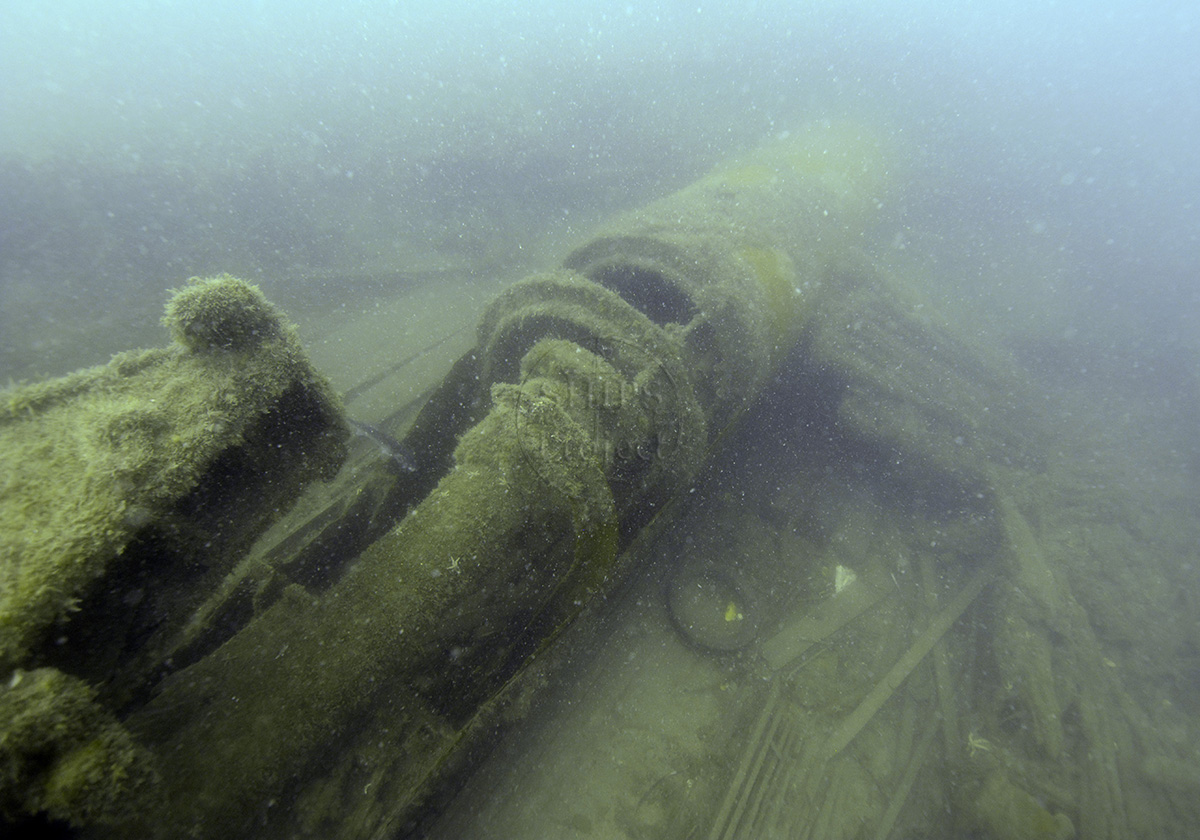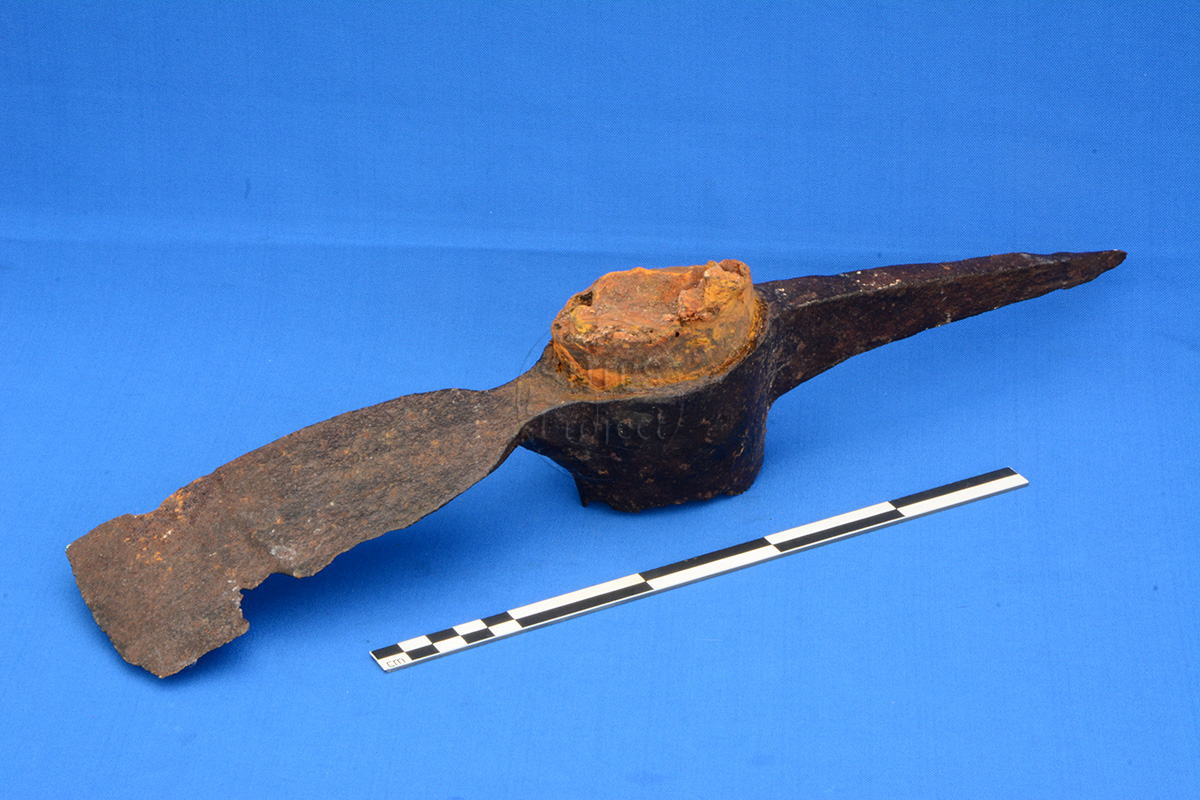Not Set
One of the most famous shipwrecks in the UK, the Liberty ship SS James Eagan Layne was beached in Whitsand Bay, Cornwall, in March 1945 after being torpedoed off the Eddystone rock.
Type
US WWII EC2-S-C1 Liberty Dry Cargo Ship
History
The wreck of the WWII Liberty ship James Eagan Layne is one of the most popular dive sites in the UK, often known as the 'JEL' or the 'Layne'. The ship had a short life afloat but a much longer life underwater as a foundation of recreational diving in the UK and as an artificial reef.
On 21st October 1944 the Liberty ship John W Draper was launched from Way #6 at the Delta Shipbuilding Company’s yard in New Orleans, and just two days later the keel of hull #157 the James Eagan Layne was laid on the same slipway. Hull #157 was one of the last of the 2710 Liberty cargo ships built for the US War Shipping Administration in 18 shipyards across the United States between 1941 and the end of World War II in 1945. Originally Liberty ships were ordered by Britain to replace the huge number of merchant vessels sunk by U-boats during the Battle of the Atlantic. The design of these ships was based on a British ship called the SS Dorington Court, a tramp steamer of 10,800 tons built in 1938 for the Court Line of London. The modified design of Liberty ships was 7176 tons gross and 4380 tons net, they were 422ft 8in (128.9m) long with a beam of 57ft (17.37m), had a raked stem, a cruiser stern, a single screw and a balanced rudder. The ship was powered by an oil fired triple expansion engine from Joshua Hendy Iron Works in California (Fig. 12) and fed by two boilers (Fig. 16) and at full speed the James Eagan Layne could achieve 11 knots.
See the Liberty70 Project web site for the full story of The SS James Eagan Layne 
The Dry Cargo ship type of which the JEL was one had five cargo holds, three forward and two aft, with abundant additional cargo space on deck. She was armed with one 5in gun at the stern, one 3in gun at the bow as well as eight 20mm anti-aircraft guns. The ships were built on the slipways from prefabricated sections and in the case of the James Eagan Layne were fabricated entirely by welding (Fig. 4). Built from standard designs and on the principles of a production line, each ship comprised over 250,000 individual items and 43 miles of welding.
After only 40 days on the slip the ship was launched by the widow of James Eagan Layne, watched by their daughter Beverly while their 10 year old son Wally remained at home. The James Eagan Layne was launched sideways into a creek off the Mississippi river as the creek was too narrow for a conventional launch (Fig. 1), but Way #6 did not stay quiet for long as the keel for the next Liberty ship Hull 165 Frank E Spencer was laid two days later. Fitting out the James Eagan Layne took a further 16 days so the ship was delivered on 18 December 1944 taking only 56 days in total to construct.
At the beginning of March 1945, Master William Albert Sleek crossed the Atlantic in the James Eagan Layne heading for the Solent with a cargo of munitions. After a trip to the Seine Estuary the ship made her way to Barry in South Wales to pick up a cargo of 4,500 tons of US Army Engineers equipment for Patton’s third army. The cargo included tank parts, jeeps, lorries, railway rolling stock, Bailey bridge sections as well as motorboats and lumber as deck cargo. On 20th March she joined the eastbound convoy BTC-103 heading up the English Channel from Milford Haven to Southend, with her final destination Ghent in Belgium. The convoy sailed in two lanes with the James Eagan Layne steaming in station #21 as the lead ship in the starboard column. The Vice Commodore of the convoy was on board along with eight officers, 34 crewmen and 27 armed guards
The sea on 21st March was calm but patchy fog made visibility difficult. At 1:30pm the convoy was sighted sailing 12 miles off Plymouth by Commander Heinz Buhse in the type VIIC U-boat U-399, and in the lead was the James Eagan Layne. A torpedo fired from the U-boat hit the starboard side of the ship just aft of the bulkhead between #4 and #5 holds, flooding the aft holds, blowing off hatch covers, cracking the hull on the port side and damaging the propeller shaft and steering gear. After fifteen minutes the crew abandoned ship and most were picked up by the British steamship Monkstone then landed at Southampton, while the remainder were taken aboard the Favourite class rescue tug HMS Flaunt. The James Eagan Layne was the only vessel lost in convoy BTC-103 and there were no casualties amongst her crew of 69; she joins the list of over 200 Liberty ships lost during the war.
Despite the damage to her stern and the aft holds being full of water the James Eagan Layne refused to sink. An hour after the torpedo struck a skeleton crew including the Master, 14 crewmen and 4 guards boarded the ship and rigged her up for towing as the rescue tugs HMS Flaunt (W 152) and Atlas (W 41) had sailed from Plymouth and were standing by to provide assistance. Taking the ship in tow, the tugs initially headed for Plymouth but with the James Eagan Layne slowly sinking deeper by the stern they decided to beach her in Whitsand Bay to the west. At 7pm the ship grounded aft in 22m and eventually settled on the bottom, held in place by anchors and chains. A day later the Admiralty Salvage Officer reported that the aft holds were freely flooding but the forward holds were still dry and the engine room had just 7ft of water. The ship was split across the deck aft of No. 4 hatch and the stern was expected to break away. The aft engine room bulkhead gave way on 24th which flooded the engine room so by this time the ship was submerged to No. 3 hatch. A survey by HMS Gulnare on 25th April reported that the upperworks of the James Eagan Layne were showing at low water and the four cargo masts and funnel would show at high water.
Some material was immediately salvaged from the ship including the guns, some of the deck cargo and part of the cargo in the forward holds before they too flooded. Some of the deck cargo was washed ashore and was recovered by the coastguard. In 1948 a company bought the ship for scrap but the sale was rescinded as no work was done, so the ship was again sold in 1952 to another salvage company with operations starting in 1953. The salvage work removed most of the remaining cargo and the superstructure leaving only one cargo mast standing, but by 1974 this too had collapsed. Later salvage work in 1967 recovered the spare propeller, shaft and condenser. Sports divers visiting the site also removed a large quantity of the non-ferrous cargo, most of which was sent to the scrap yard.
No-one lost their lives when the James Eagan Layne was torpedoed or when she was beached.
The Liberty70 Project
March 2015 was the 70th anniversary of the sinking of the US Liberty ship SS James Eagan Layne. The ship was beached and sank in Whitsand Bay near Plymouth, England, in March 1945 after being torpedoed off the Eddystone reef.
To celebrate the anniversary, the Liberty 70 project aims to document all aspects of the life of this vessel - wartime transport, shipwreck, commercial salvage, the classic UK wreck dive and artificial reef:
-
The Liberty 70 project will record the history of the ship from the time the keel was laid in the shipyard in New Orleans to the present day. The story includes the part she played in the Battle of the Atlantic, her sinking by a U-boat and early attempts at salvage.
-
The James Eagan Layne is thought to be the most dived wreck in the UK. It has been an attraction for visiting divers since the beginning of sport diving and for many divers of all generations this ship was their first experience of wreck diving. One aspect of the Liberty 70 project is to collect stories about your first or favourite dives on this wreck.
-
The ship is falling apart under the action of waves and currents so may not remain standing for many more years to come. The Liberty 70 project aims to record the wreck as it is today in a detailed site plan and as a 3D computer model.
-
The wreck of the James Eagan Layne lies on a flat sandy seabed so the wreck has become a haven for fish and other marine life. The Liberty 70 project will investigate what varied and interesting marine life lives in and around the ship.
The results of this history project will be published in a book and a web site about the James Eagan Layne, with other events planned for the anniversary in 2015. The work is a community project being done by a large team of researchers, divers, surveyors, VR specialists and archaeologists including local diving groups and organisations, teams from the University of Plymouth, Oxford University and the University of Birmingham.
Second World War sunken warrior, the subject of innumerable salvage activities, foundation of UK recreational diving and vital oasis for marine life: there is only one James Eagan Layne. Her service above and below water and her gentle decline over the decades to her present state all deserves adding to the record of human endeavour.
See the Liberty70 Project web site for the full story of The SS James Eagan Layne 
Diving the James Eagan Layne
The James Eagan Layne was first visited by recreational divers in 1954 when the sport of SCUBA diving first began to emerge in the UK. The intact nature of the wreck, its accessibility at a depth within the range of the very basic diving equipment available and its proximity to the first national diving centre at Fort Bovisand in Plymouth Sound all ensured that the James Eagan Layne became one of, if not ‘the’ iconic UK wreck dive. As such it introduced thousands of divers to wreck diving and is now an intrinsic part of the history of the sport of recreational diving in the UK, in the same way that the Oval is symbolic to cricket or Wimbledon is to tennis. In addition to its role as a foundation of UK recreational diving (or should that be a ‘Mother Ship’ ?) the wreck has become a noted artificial reef in the otherwise largely flat and featureless sandy bed of Whitsand Bay. As such she provides a very valuable habitat for marine biodiversity in the area.
Today the wreck of the James Eagan Layne lies to the west of Plymouth on the sandy seabed of Whitsand Bay in Cornwall. The wreck lies with her bow at 50° 19.601 N 004° 14.714 W and the stern at 50° 19.560 N 004° 14.773 W, approximately 1.2 km from the nearest land, 2.1 km north-west of Rame Head and 1.2km north of the Whitsand Bay dumping ground. The bows are in 20m depth (LAT) and the stern is in 24m. The main part of the hull is 98m long with her bows to the north-east on a heading of 42° true, this section is intact from the bows to the bulkhead between hold #4 and hold #5. The stern section has broken away and lies some 30m away to the south-west.
The forward part of the hull lies in a shallow scour pit formed in the sand. In 2008 the sediment levels around the site dropped noticeably and it was possible to see the forefoot and to put a hand under the keel at the bows. Deep depressions had scoured out around the hull, especially around the structures on the seabed on the port side, so the underlying seabed formed from very large scallop and oyster shells could be seen. Since then the sediment level has raised and the forefoot is no longer visible in the bow scour pit. The upper deck is now missing and the second deck only remains as badly corroded transverse deck beams. The holds are easily accessible and as the bulkheads between the holds and machinery space are gone it is possible to swim the length of the ship inside the hull. The stern section is more intact than the main part of the hull, lying on its port side with the keel buried in the sand. Remains of upper deck, second deck and the stern deckhouse can still be seen.
A tour of the wreck can be found on the Liberty70 web site ![]() .
.
Visibility on site can vary considerably, after a storm it can be as little as a metre but after a period of calm weather and when there is little plankton in the water you can very occasionally see 10-15m. The wreck is dark under the overhanging structure so taking a big torch can help, it is also useful for having a look under collapsed ship structure and cargo. It is possible to dive the wreck at most states of the tide but on a big spring tide the current can reach 0.5kt at full flow, a time best avoided by inexperienced divers.
Read more about the James Eagan Layne on the late Peter Mitchell's Submerged site ![]() .
.
Location and Access
Whitsand Bay
Nearby wrecks include HMS Scylla ![]() , HM Submarine A7
, HM Submarine A7 ![]() , the Rame Barge / Leen
, the Rame Barge / Leen ![]() and the steam collier Rosehill
and the steam collier Rosehill ![]()
Last updated 02 Jul 2025
Information
Date Built:
Launched 2nd December 1944
Type:
EC2-S-C1 Liberty Dry Cargo Ship
Builder:
Delta Shipbuilding Company, New Orleans, USA
Owners:
US War Shipping Administration, USA, at time of loss
Official Number:
247006
Length
422.8ft / 128.6m
Beam
57ft / 17.4m
Draft
34.8ft / 8.5m
Construction
Steel
Propulsion
Steam, 1 × triple expansion engine driving 1 shaft
Tonnage
7176 GRT
Crew
69
Portmarks
None
Outcome
Torpedoed, beached, partly salvaged
Reference
UKHO 17655, NMR 919773
James Eagan Layne
The James Eagan Layne was named after the second engineer of the Esso Baton Rouge, who was one of two seamen killed when the 7989 ton tanker was sunk by U-123 on 8 April 1942 off St. Simons Island, Georgia. She was the first Liberty ship to be named after a merchant seaman who gave his life in WWII.
Often known by divers as the 'JEL' or the 'Layne', the name of this ship is often spelled James Egan Layne or even the James Egan Lane, but her real name is the S.S.James Eagan Layne, as you can see in Fig. 1.
Which U-Boat sank the James Eagan Layne?
The U-1195 is often blamed for sinking the James Eagan Layne however recent research has shown that she was sunk by a torpedo from U-399. The confusion may be because on the same day the U-1195 was nearby off the Lizard in Cornwall where she sank the Liberty ship John R. Park.
Video about the James Eagan Layne:
Video of SS James Eagan Layne by MarineVisionStudios
Not Set
Leave a message
Your email address will not be published.
Click the images for a larger version
Image use policy
Our images can be used under a CC attribution non-commercial licence (unless stated otherwise).
